Cinnamon is a spice that comes from the branches of trees of the Cinnamomum family. As a spice, cinnamon is available in powder form or whole, as pieces of bark. People can also use cinnamon essential oil and supplements. The compounds in cinnamon have antioxidant, anti-inflammatory, antidiabetic, and antimicrobial properties, and that they might offer protection from cancer and cardiovascular disease, among other conditions
Cinnamon
Cinnamon is a spice that comes from the branches of trees of the Cinnamomum family. As a spice, cinnamon is available in powder form or whole, as pieces of bark. People can also use cinnamon essential oil and supplements. The compounds in cinnamon have antioxidant, anti-inflammatory, antidiabetic, and antimicrobial properties, and that they might offer protection from cancer and cardiovascular disease, among other conditions
Category: Spices
Related products
Turmeric
Turmeric is one of the many Indian spices that have been a part of various traditional cuisines over centuries. Ayurveda has regarded Haldi or Turmeric as one of the most beneficial roots in nature.Turmeric is originally a ginger-like rhizome and is widely used in Indian households not just to give that beautiful, golden colour to food but also to increase the nutrient and medicinal value of what we eat. It is rich in antioxidants and curcumin that increase the body’s immunity and kick out the disease, along with various other advantages like improving brain and heart function and possible treatment for cancer-causing cells.
Cumin Seed
Cumin is a spice made from the seeds of the Cuminum cyminum plant. Cumin lends its distinctive flavor to chili, tamales and various Indian curries. Its flavor has been described as earthy, nutty, spicy and warm. What’s more, cumin has long been used in traditional medicine. some of the health benefits cumin is traditionally known for, including promoting digestion, reducing food-borne infections, promoting weight loss and improving blood sugar control and cholesterol.
Black mustard
Mustard seeds are the small round seeds of various mustard plants. The seeds are usually about 1 to 2 millimetres (0.039 to 0.079 in) in diameter and may be colored from yellowish white to black. Mustard is a multi-faceted botanical with several different varieties. Three variants out of these varieties – namely white mustard (Brassica alba,) black mustard (Brassica nigra), and brown mustard (Brassica juncea), have gained more popularity over others, and are commercially grown and used for their young flower stalks, leaves, and seeds. The seed and oil from the seed are used to make medicine.Black mustard oil is used for the common cold, painful joints and muscles (rheumatism), and arthritis. Black mustard seed is used for causing vomiting, relieving water retention (edema) by increasing urine production, and increasing appetite.
Star anise
Star anise is a spice made from the fruit of the Chinese evergreen tree Illicium verum. It’s aptly named for the star-shaped pods from which the spice seeds are harvested and has a flavor that is reminiscent of licorice. Because of similarities in their flavor and names, star anise is often confused with anise, though the two spices are unrelated. Star anise is famed not only for its distinct flavor and culinary applications but also for its medicinal benefits.
Nutmeg
Nutmeg (Myristica fragrans Houtt.) is a spice seed that belongs to the family Myristicaceae. Nutmeg is the shelled, dried seed of the plant Myristica fragrans, and mace is the dried net-like covering of the shell of the seed. Nutmeg and its close relative, mace, have been used extensively in folk medicine for a wide range of ailments, including digestive disorders, rheumatism, cholera, and flatulence.
Fenugreek seeds
Fenugreek (Trigonella foenum-graecum) is an herb similar to clover. People use its fresh and dried seeds, leaves, twigs, and roots as a spice, flavoring agent, and supplement. The seeds taste similar to maple syrup and are used in foods and medicine. Fenugreek is native to the Mediterranean, Europe, and Asia. Fenugreek seems to slow sugar absorption in the stomach and stimulate insulin. Both of these effects lower blood sugar in people with diabetes.
Asafoetida
Asafoetida (Ferula asafoetida) is the dried sap or gum resin obtained from the roots of Ferula plants. It’s commonly dried, ground into a coarse, yellow powder, and used for either culinary or medicinal purposes. Asafoetida is commonly used in Indian cuisine, where it’s referred to as "HING". In Ayurvedic medicine, hing is used to aid digestion and gas, as well as treat bronchitis and kidney stones.
Black Cardamom
Black cardamom is a popular Indian spice, called badi elaichi or kali elaichi, that is used in many of the cuisine's signature dishes. It is in the form of seed pods, which are dark brown to black in color and take on a smokey flavor due to the way they are dried. Black cardamoms help stimulate gastric and intestinal glands. They help secrete stomach juices that promote digestion. This further prevents conditions like gastric ulcers, acidity. The presence of vitamin C, an essential antioxidant, helps improve blood circulation throughout the body.


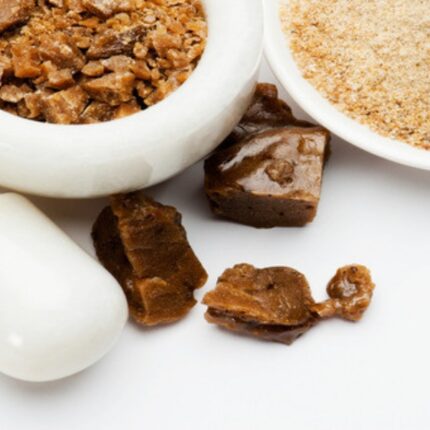
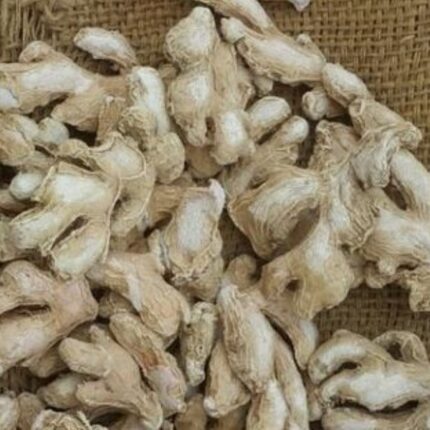

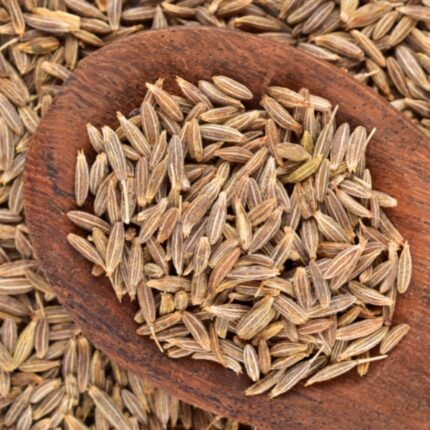
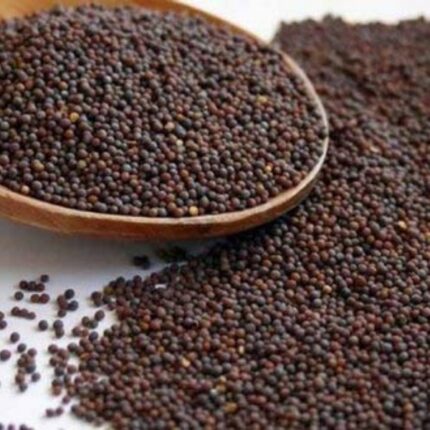
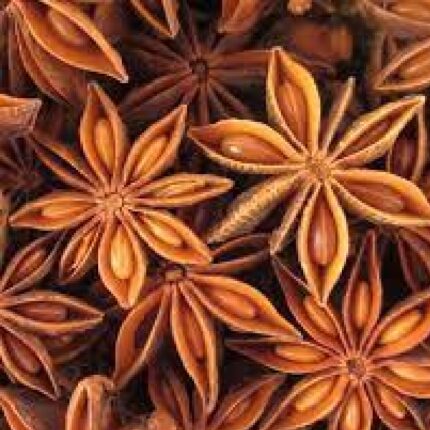
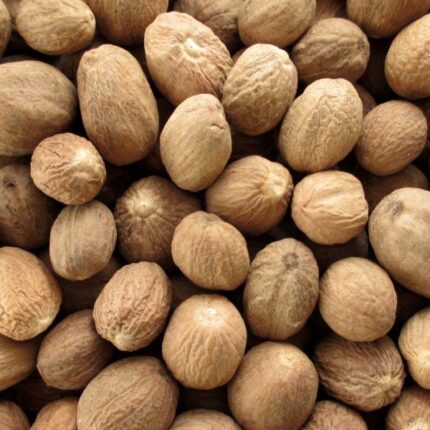

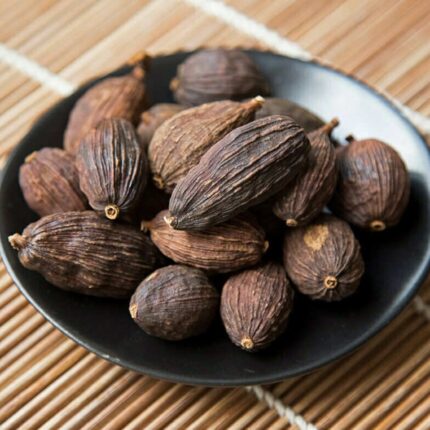
Reviews
There are no reviews yet.